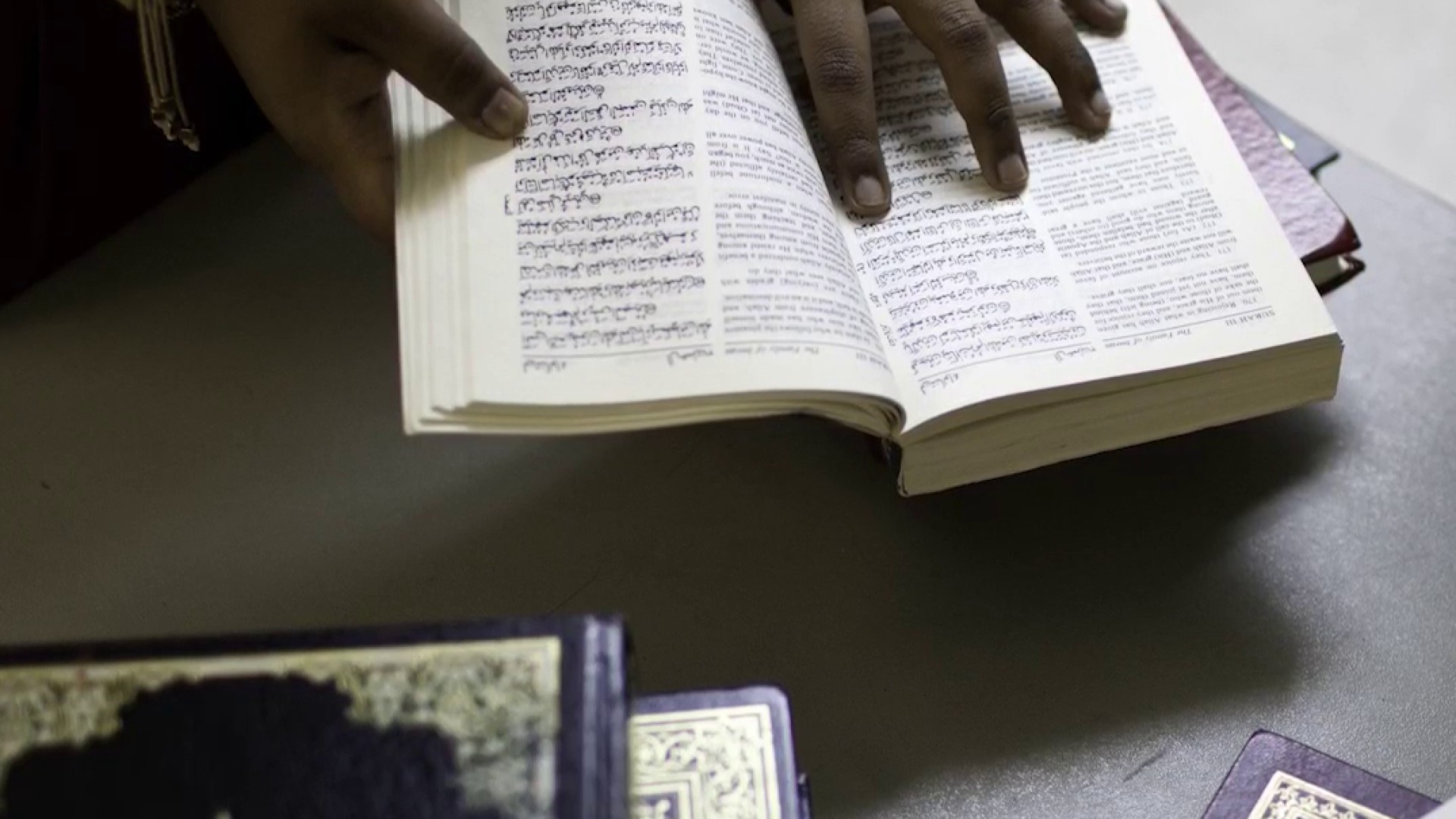Millions of Muslims from all over the world have converged on Mecca in Saudi Arabia to partake in Islam's annual hajj pilgrimage, one of the largest religious gatherings in the world.
This year's hajj is expected to return to pre-pandemic levels. In 2019, nearly 2.5 million Muslims, including around 20,000 U.S. citizens, partook in the five-day pilgrimage, The Associated Press reported. In 2020 and 2021, Saudi Arabia curtailed the number of participants amid lockdowns. Last year, over 1 million faithfuls gathered at Mecca, according to the AP.
WATCH ANYTIME FOR FREE
>Stream NBC10 Boston news for free, 24/7, wherever you are. |
Earlier this year, Saudi Arabia's Ministry of Hajj and Umrah launched Nusuk Hajj, a registration and booking platform to ensure a smooth journey for Western pilgrims from European countries, South and North America and Australia.
The U.S. Department of State urges travelers to review the Centers for Disease Control and Prevention's guide for the pilgrimage. Here is a look at this year's hajj and more about this sacred commencement.
Get updates on what's happening in Boston to your inbox. Sign up for our >News Headlines newsletter.
What is hajj?
Hajj is an annual religious pilgrimage to the holy city of Mecca and is required of every physically and financially capable Muslim at least once in their lifetime. The journey takes faithfuls along a path traversed by the Prophet Muhammad some 1,400 years ago and retrace the journey of Ibrahim and Ismail, or Abraham and Ishmael as they are known in the Christian and Jewish traditions.
During the five-day celebration, pilgrims will perform a series of rites and rituals, known as the five pillars of Islam, that present them with physical, spiritual and emotional challenges intended to bring them closer to God. This includes praying around the cube-shaped Kaaba, the holiest shrine in Islam. Crowds move counter-clockwise seven times around the granite building, their hearts tilting toward the structure meant to symbolize the oneness of God in Islam.
Then they walk between two hills, reenacting Hagar's search for water for her son, Ismail. The next day, pilgrims head to Mount Arafat, where the Prophet Muhammad delivered his final sermon. There, they pray for God to forgive them of their sins.
Before carrying out the rites of hajj, Muslims must enter the sacred state of "Ihram". For men, this means dressing in white seamless draping garments, while women wear long, loose-fitting clothing and headscarves, or hijab. Women also forgo makeup, nail polish and perfume to draw closer to God.
At the end of the pilgrimage, men are expected to shave their heads, and women to snip a lock of hair in a sign of spiritual rebirth and renewal.
Some Muslims spend their lives saving up for the trip or wait years to get a permit, which Saudi authorities distribute to countries based on a quota system.
The hajj has been held every year since the time of the prophet Mohammad, including through wars and plagues. However, during the 2020 COVID-19 pandemic, Saudi Arabia limited the number of people at the site to a few thousand local citizens.
What is Eid al-Adha and when does it start?
Eid al-Adha commemorates the Quranic tale of Ibrahim’s willingness to sacrifice Ismail as an act of obedience to God. Before he could carry out the sacrifice, God provided a ram as an offering. In the Christian and Jewish telling, Abraham is ordered to kill another son, Isaac.
Eid al-Adha, or the Feast of Sacrifice, coincides with the final rites of the annual hajj. It is typically marked by communal prayers, large social gatherings, slaughtering of livestock and distributing the meat among family, friends and the poor.
Muslim pilgrims will also take part in the symbolic "stoning of the devil" by throwing pebbles at three pillars that mark the places where the devil tried to interrupt Ibrahim’s sacrifice in Mina, a city east of Mecca. The act recalls Ibrahim’s victory over temptation. They will stay in Mina for several nights before the pilgrimage ends with a final circling of the Kaaba.
This year's Eid al-Adha begins at sunset on Tuesday, June 27 and lasts for three days.
When is hajj 2023?
Each year, the hajj takes place during the eighth and 13th days of the month of Dhul Hijjah, the 12th month in the Islamic lunar calendar.
This year's hajj begins on Monday, June 26 and ends on Saturday, July 1.
What to wear and bring to hajj 2023
Items like wide-brimmed hats, cross-body bags, portable chairs and slip-on shoes are essential for making the most of the experience.
The average temperatures in Saudi Arabia this time of year can soar to 104 degrees Fahrenheit during the day. That means wide-brimmed straw hats are a must, though some faithfuls can be seen balancing their prayer mats on their heads or the canopies from umbrellas.
As for footwear, pilgrims are encouraged to wear something that’s comfortable for the long walks but that also slips on and off easily, as they'll be required to remove their shoes before entering Mecca’s Grand Mosque.
Other essentials include food, water and sunscreen. Some faithfuls will carry portable stools to sit on, power-packs to charge phones and camping essentials such as lightweight tents, sleeping mats and collapsible water pouches.
Can non-Muslims go to Mecca?
Non-Muslims cannot enter or pass through Mecca and portions of Medina, a city in western Saudi Arabia, which are considered sacred.
For additional travel information for hajj, visit the State Department's Bureau of Consular Affairs site here.



